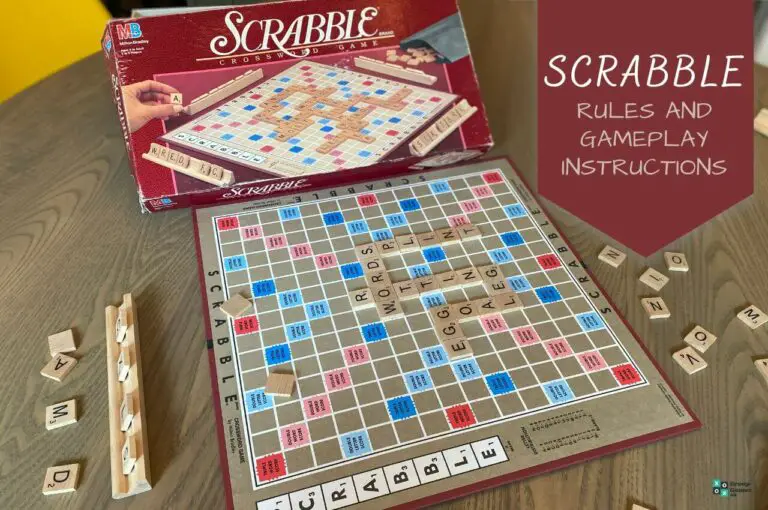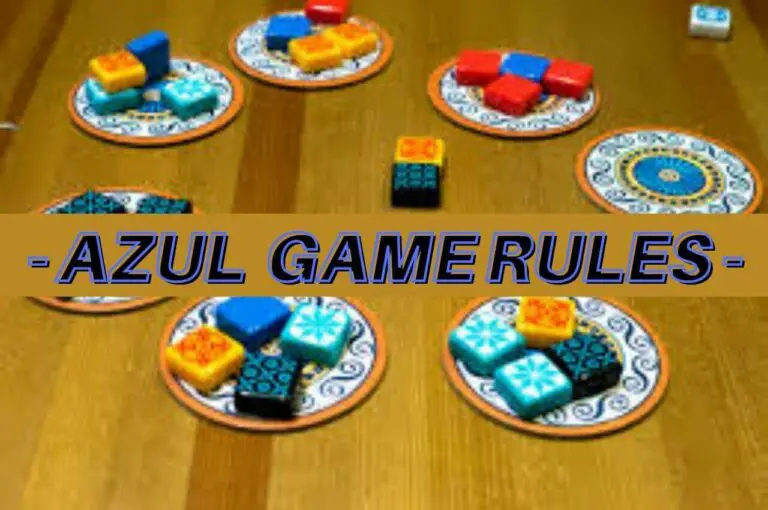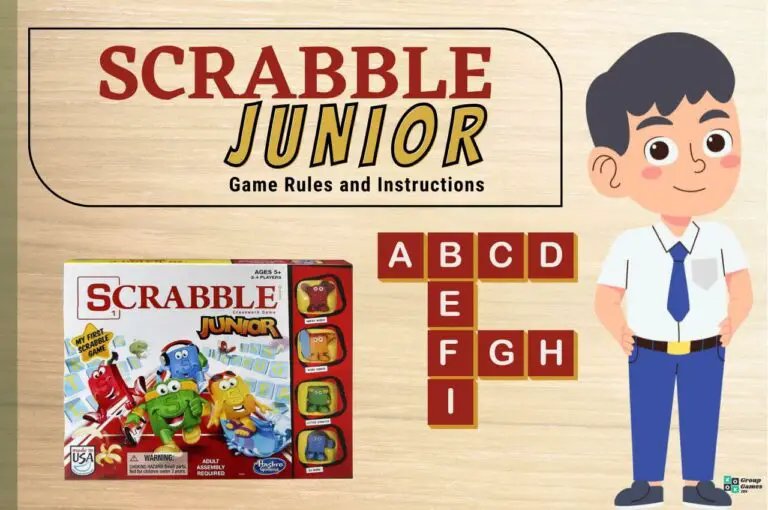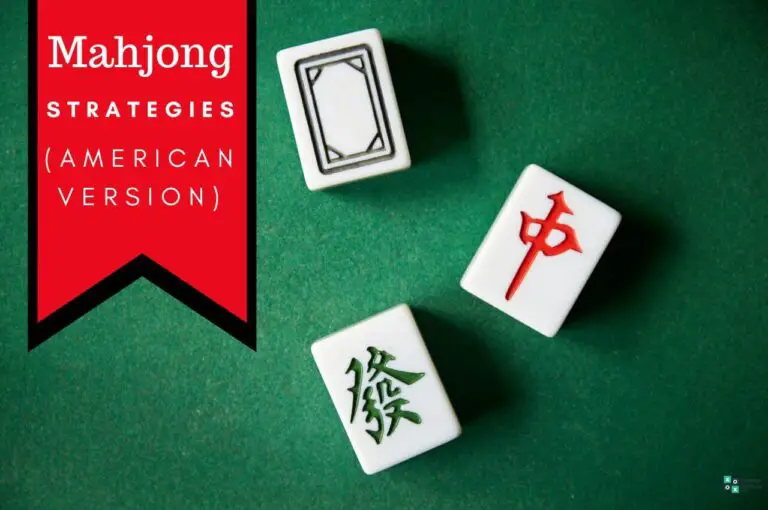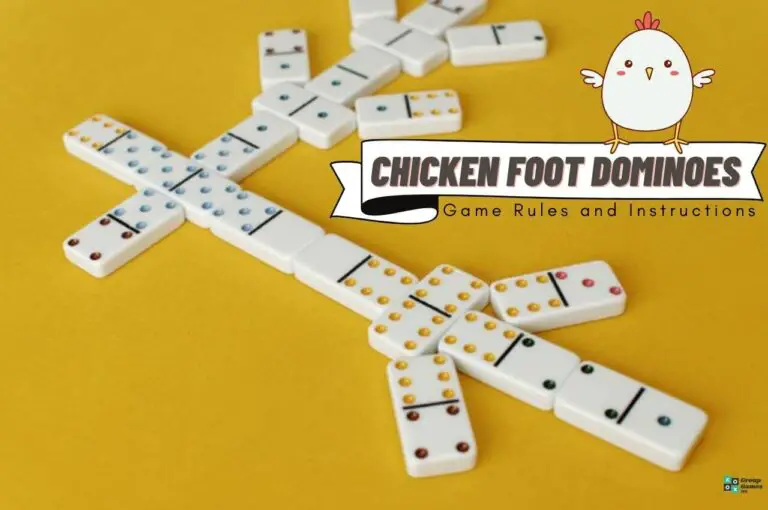The Hive game rules are very simple to understand on the face, simply capture your opponent’s Queen Bee.
But the reason why Hive is such a great game to play is that doing this is considerably harder because of the bug movement rules you have to follow throughout.
Not to mention also trying to stop your opponent from doing the same to you too.
For such a simple game, there is a lot you’ll have to think about while playing, making each round of Hive a battle of quick thinking and forward planning.
So if Hive sounds like a game you’re desperate to master, continue reading to learn how to play Hive and everything you need to know before playing.
What Is Hive?
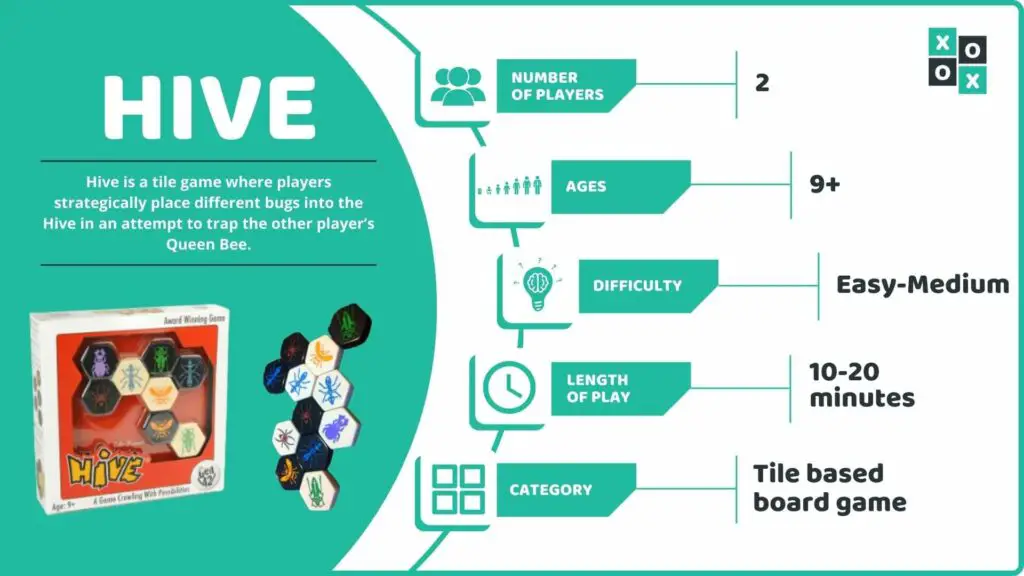
Hive is a tile game where players strategically place different bugs into the Hive in an attempt to trap the other player’s Queen Bee.
The bugs all move in different ways which is what gives Hive its challenging nature.
The game is also one of few honored for excellence by the Mensa society, which is certainly a high honor for any game to have.
Number of Players Required: 2 players.
Who Can Play It: Recommended for ages 9+.
Difficulty: Easy – Medium.
Length of Play: 10 – 20 minutes.
Similar to: Neuroshima Hex; The Duke; Carcassonne; Quarto
Main Objective: Surround your opponent’s Queen Bee with tiles before your own Queen Bee gets surrounded first.
Why We Love It: Simple, fast-paced yet surprisingly strategic, Hive is the head to head game played similarly to Chess with how precise each movement needs to be. Although games are short, they are competitive as soon as a player plays their first game piece.
Playing Hive – What You’ll Need.
To play Hive, make sure you get yourself the official Hive game set which has:
- 2 Yellow-Gold Queen Bee tiles;
- 4 Brown Spiders tiles;
- 4 Purple Beetles tiles;
- 6 Green Grasshoppers tiles
- 6 Soldier Ants tiles
One of the best things about Hive is how easy it is to expand your game with different expansion tiles.
There are many to choose from, examples being the Ladybug expansion or the Pillbug expansion.
Alternatively, if a monochrome aesthetic is more your thing, then grab the special edition Hive carbon set that includes the Ladybug and Mosquito expansion too.
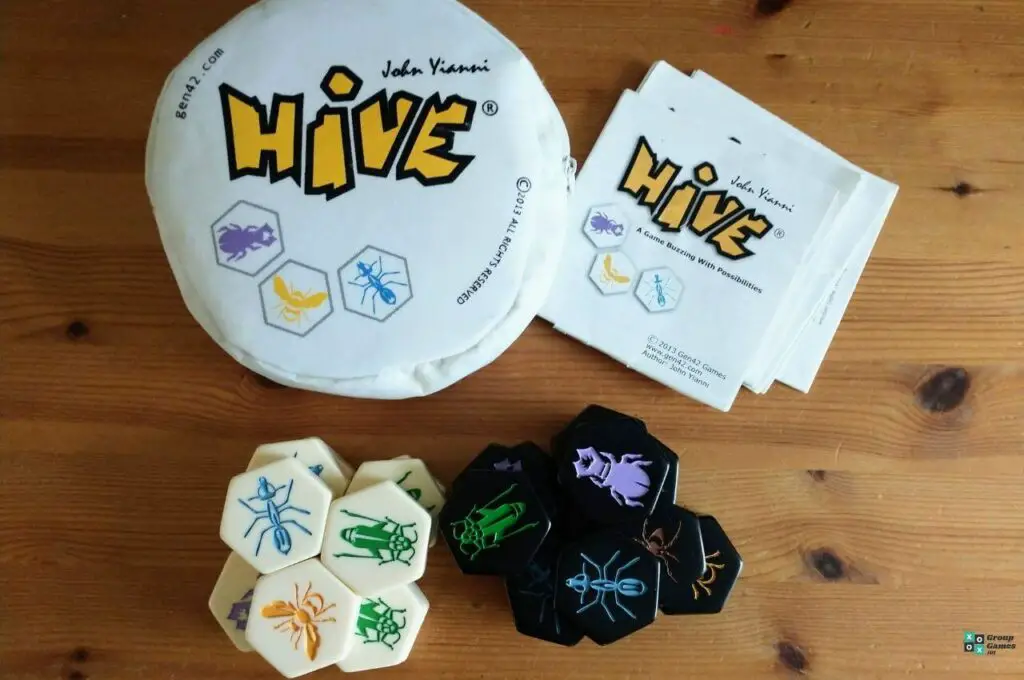
How To Set Up Hive.
Most board games require a fair bit of setup before you can begin playing, but as Hive is a 2 player game only, the setup could not be easier.
All you’ll need to do is separate the colored pieces, hand one set to one player and keep the other set for yourself.
And that’s all you’ll need to do.
You May Also Like: Chicken Foot game rules
Hive Rules
The Hive is the place where players lay their insect game pieces, connecting each game piece to one another or moving an insect to another free space.
Starting the Game.
Typically, the player who has the white game pieces begins the game, but this isn’t a definitive rule, so pick whichever method works for you and your opponent.
The game officially begins when the starting player places a piece in the middle of the table, and the opponent places their starting piece as well.
How to Play Hive.
Players play Hive by choosing a tile and placing them down in the hive with the ultimate goal of surrounding the opponent’s Queen Bee with their own insects.
The Queen Bee must get placed onto the Hive anytime between their 1st and 4th turn, no later than this, though.
As soon as a player puts a piece onto the Hive, they cannot retrieve it, but players can move to another space during a player’s turn once the Queen Bee is down.
Players can add another game piece onto a hive at any point during their turn as well.
Pieces cannot place one of their pieces directly next to an opponent’s piece so that the edges are touching.
As soon as players have placed their Queen Bee tile down, they can begin moving the game pieces that are already in play, but pieces must always be touching one another.
This means that if moving a game piece breaks the connection, it cannot get moved.
Insects move around the hive in different ways, which you’ll need to know before you begin playing.
Moving the Insects.A big part of Hive is understanding how each insect moves. Players only have 11 insects in the base game, and once all of them are in the Hive they’ll need to move around.
- Queen Bee– Moves 1 space per turn and can move in any direction providing space is free and can connect to another of your insects.
- Beetle – It also moves 1 space per turn, but can get placed on top of your opponent’s insects, immobilizing them. To counter this, a player needs to move their own beetle on top of the player’s beetle.
- Grasshopper – Can jump over tiles onto a space that’s free 1 tile away from its starting position.
- Spider – The spider has to move at least 3 tiles away from its starting position, with the black spider moving 4 spaces per turn.
- Soldier Ant – Moves anywhere in the Hive except for the middle position.
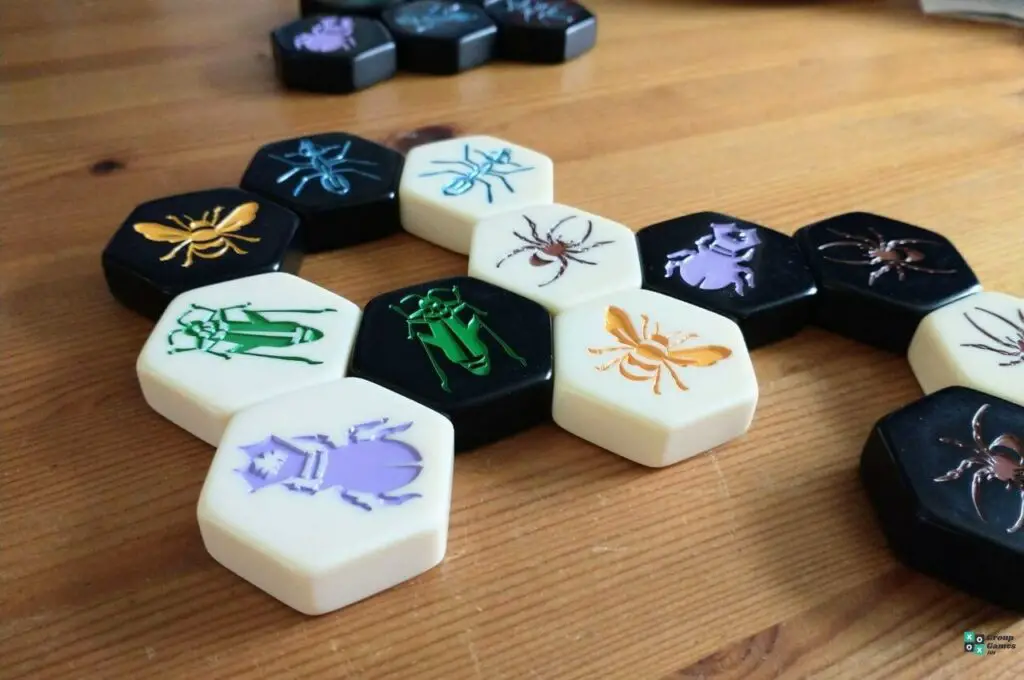
Game pieces can only move into free space; if a game piece gets surrounded by your opponent’s pieces, then it cannot move unless otherwise stated.
Placing a new game piece down into the Hive follows these game rules too.
Scoring In Hive.
The winner of Hive is the player who manages to surround the other Queen Bee first and is unable to escape. Exactly like when a player is in a ‘Checkmate’ position in Chess.
The game may also end in a tie if both players cannot move their pieces due to the positioning and agree to a stalemate.
Games of Hive are relatively short, so although there is no official scoring to worry about, tally up the number of wins you accumulate while playing.
Most wins by the end of the play is the overall winner.
Frequently Asked Questions.
Do the Hive rules state that players have to move on each go?
No, if a player is unwilling or unable to move one of their game pieces, they’re not forced to have to move.
Instead, they forfeit their go, and the opposing player takes their turn instead.
Can the beetle go on top of the Queen Bee in Hive?
The beetle can do this maneuver, providing it is legal to be able to do. In fact, this is a good way to achieve victory as the other player won’t be able to move their Queen Bee away.
Alternative Games to Hive
If you read through our guide to Hive and decided that this tile game sounds like it’s for you, then you’re in luck as we have everything you’ll need for some other tile games as well.
Be sure to check out Azul, or for something a little bit more tricky, take a look at the Triominoes rules too.
We have an array of guides to other board games, too, such as Clue, as well as niche games such as the Pandemic board game too.




